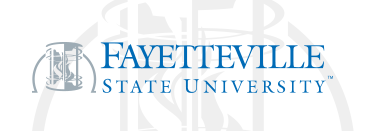An analysis of student achievement and the 21st Century Community Learning Center after -school program in a southeastern North Carolina school system
Abstract
An Analysis of Student Achievement and the 21st Century Community Learning Center After-school Programs in a Southeastern North Carolina School System (Under the direction of Virginia Dickens). There is a need for working parents to find affordable, safe and structured after-school care for their children. Research has shown after-school programs are successful in providing recreational experiences, cultural activities, and in some programs, tutorial assistance (Delisio, 2001). Since the enactment of the No Child Left Behind Act in 2000 (Coleman Advisory, 2002), emphasis is being placed on developing after-school programs that focus on student academic achievement. The federally funded 21st Century Community Learning Center (21st CCLC) after-school programs offer support to schools with high numbers of students at risk for school failure (Lacey, 2000). These programs give participating students both a safe haven for after school hours and also additional time allocated to support their academic achievement. As school principals seek to ensure all students within their schools have maximum opportunities to perform well on accountability measures required of today's students, principals should have a keen interest in after-school programs that can supplement the efforts of school day programs. The purpose of this study was to analyze student achievement, as measured by the North Carolina End-of-Grade (EOG) tests scores in reading and mathematics, by student gender and minority status, in 21st CCLC after-school programs in a southeastern North Carolina school system. This descriptive analytical study made use of a database compiled from the five schools participating in the 21st CCLC after-school programs in the school system. The student sample population consisted of 400 students in grades three through eight who participated in the after-school programs during 2002-2004 and who had complete data in the database related to achievement tests scores, gender and minority status. Four hypotheses were analyzed using one-way Analysis of Variance (ANOVA). The analyses of the data revealed no statistically significant differences between male and female or minority and non-minority program participants in achievement tests scores in reading and mathematics. The results of this study add to the information and existing literature on the academic achievement of students participating in federally funded 21st CCLC after-school programs.
Subject Area
Mathematics education|Elementary education
Recommended Citation
Heyward, Jaunita Alberta White, "An analysis of student achievement and the 21st Century Community Learning Center after -school program in a southeastern North Carolina school system" (2005). ETD Collection for Fayetteville State University. AAI3287765.
https://digitalcommons.uncfsu.edu/dissertations/AAI3287765

